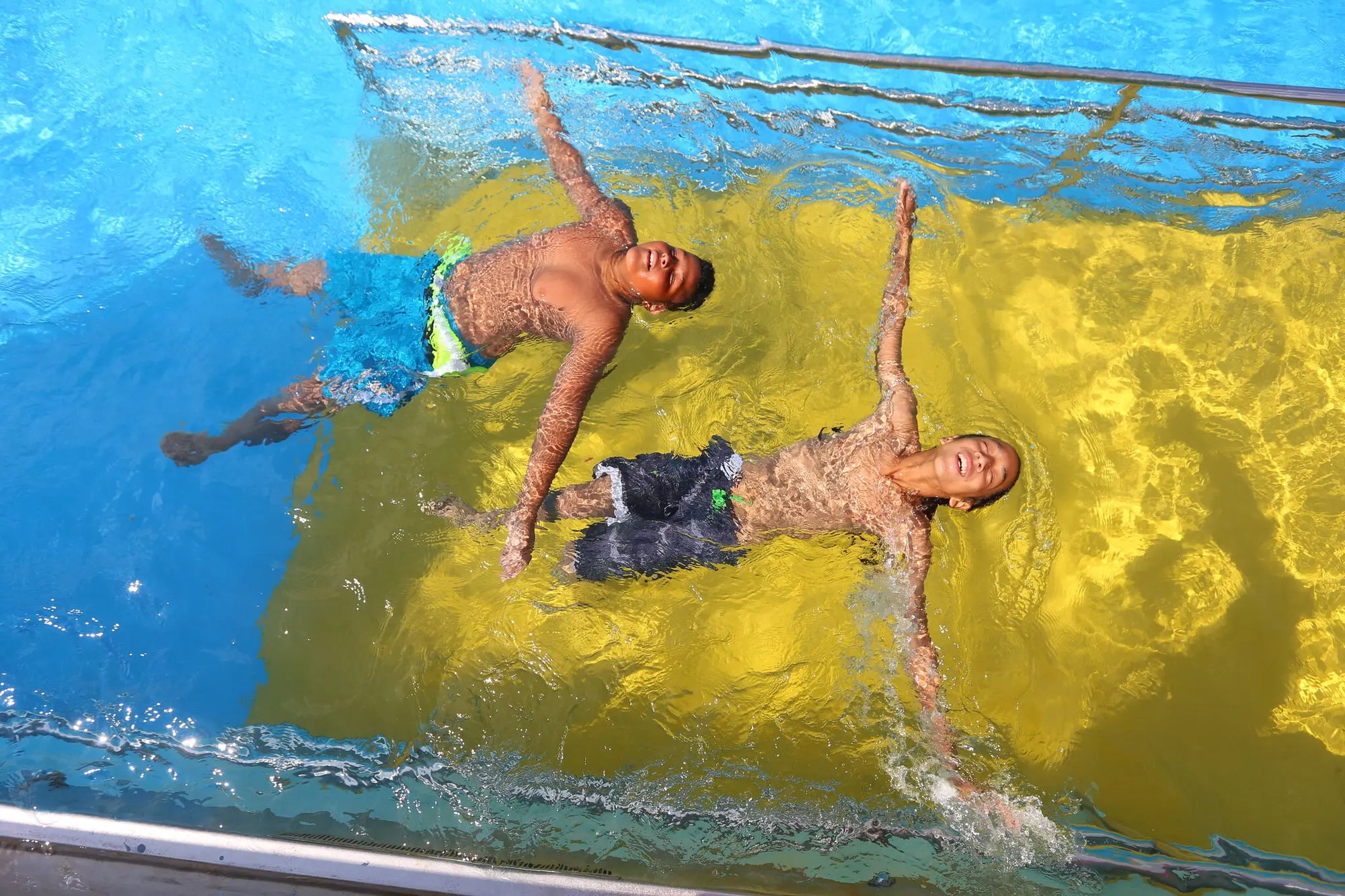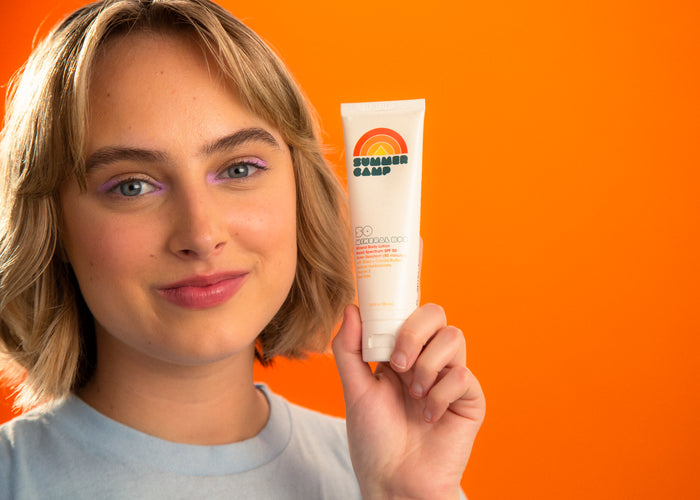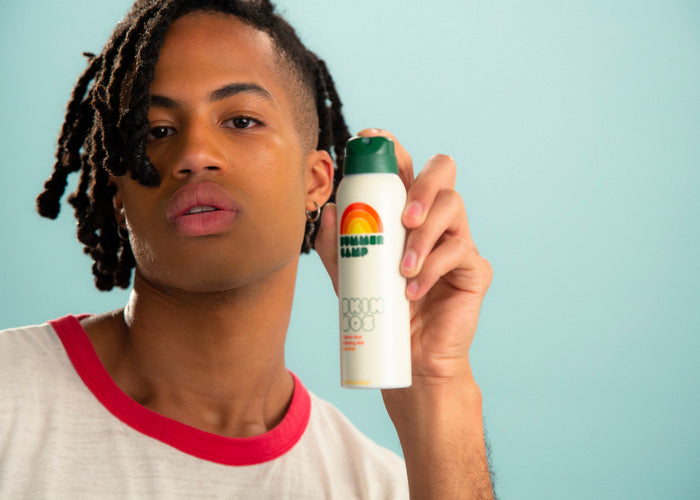

· By Brianna Escarda
The New York Times: Summer Camp For All

For some lucky American children, summer means campfires with new friends, long hikes in the woods, hot days swimming in cool lakes, magical nights under starry skies.
Summer camp is a cherished experience for millions of children, an American tradition with deep roots in the country’s enduring romance with the great outdoors. As much of the United States reels from the pandemic, gun violence and threats to its democracy, the summer camps many have enjoyed for generations may offer something else: healing for America’s young people.
By nearly every measure, American youths are in distress.
A surgeon general’s report last year noted a 51 percent increase in emergency room visits for suspected suicide attempts by adolescent girls in early 2021, compared with the same period two years earlier.
Among high school students, 44 percent reported feeling persistently sad or hopeless in the past year, according to a Centers for Disease Control and Prevention survey released in March.
More than 200,000 American children are estimated to have lost a parent or caregiver to Covid-19. Native American children lost parents or caregivers at more than three and a half times the rate for white children, according to a December 2021 report from Covid Collaborative, a national group of experts dedicated to helping children dealing with such losses. The report found that Black and Hispanic children lost parents or caregivers at more than two times the rate white children did.
The kids are not OK, and why should they be? America is a country where large numbers of adults barely blink at the deaths of 1 million Americans from Covid-19, stand idly by as 19 children are shot dead in their classrooms in a single day and shrug as guns kill or maim thousands of children and teenagers every year. Those are our American traditions now.
The best gift America’s leaders could give young people is a healthy, functioning democracy. One small step the country could take to invest in their future, though, would be to come together around a new promise: to make summer camp available to every child in America.
Every year, about 26 million children attend roughly 15,000 day and overnight summer camps across the United States, said Tom Rosenberg, who leads the American Camp Association. There are roughly 57 million school-age children in the United States, according to recent U.S. census and home-schooling data.
It’s hard to imagine a more ideal escape for young people living through an extraordinary time of grief, loneliness and upheaval. At its best, camp can offer children a chance to learn outside the classroom, drawing them from their computer screens and helping them build stronger relationships with other children, themselves and nature. For children living in poverty especially, summer camp can be a great equalizer, giving them a chance to pick up essential life skills — like swimming — often not taught in their communities. At many camps, children from diverse backgrounds forge lifelong friendships, develop a deep connection with and respect for nature and learn to work as teams to overcome big challenges. These are values our democracy desperately needs.
Not every child will thrive at summer camp, and there are plenty of other ways to enjoy the outdoors and gain the benefits that come with socialization and play.
But if America wanted to, it could make summer camp accessible to every child who wanted to go.
There are camps that can serve nearly every child with every interest: camps for children who love to play sports or want to learn how to sail or ride horses, camps that offer weeks of backpacking along the Appalachian Trail or through the Utah desert, camps for children who have disabilities or are battling cancer or are experiencing homelessness.
Mr. Rosenberg said day camps range in cost from free to more than $200 per day and overnight camp prices range from free to more than $500 per day. Though scholarships and reduced fees are available at most camps, the experience remains out of reach for many, many families. To scale up, summer camp operators say they need a dedicated funding stream, more philanthropic aid and help with staffing.
No one is suggesting that a few weeks of summer camp is a cure-all. But researchers, educators and parents say the kind of experiences summer camp can provide — a safe, healthy space to play with children who are different from them and to build confidence in the great outdoors — can change children’s lives.
“Play is powerful medicine,” said Deborah Vilas, a faculty adviser and instructor and an expert in child-centered play at Bank Street College in Manhattan. “I want grown-ups to know that play is necessary. It’s not frivolous. It’s not in place of learning. It is learning.”
Much of the concern around the pandemic has centered, understandably, on learning loss. But robust academic research suggests play is also an essential part of child development, aiding in empathy, healthy relationships, survival skills and self-regulation. The United Nations Convention on the Rights of the Child considers play an intrinsic right.
Like so much of American life, access to safe and healthy spaces to play is unequal and especially disadvantaging to Black and Latino children. One study, commissioned by Hispanic Access Foundation and the Center for American Progress, found that nearly three-quarters of minorities in the contiguous United States live in communities that lack access to nature that includes clean air and water and a diversity of wildlife. Some funding for summer enrichment and after-school programs — at least $1.2 billion — was included in the $1.9 trillion Covid relief package last year.
Senator Chris Murphy of Connecticut, who pushed hard for the funding, hopes to expand that commitment. “What offends me is how the income gap affects who can get this experience,” he said in a phone interview. “Every single kid has access to a school during the year. It’s the middle- and high-income kids who get to continue their education through camps. The low-income kids very often sit at home.”
Many large cities offer at least some summer programming for young people. New York City’s Summer Rising program is expected to serve 110,000 children in kindergarten through eighth grade this year. Programs like this one serve a critical need, including by providing free meals. But while it does offer some recreation and field trips, the program largely focuses on academics. The city’s summer jobs program, which serves children as young as 14, is often sold to the public as a way to reduce crime.
There’s a better way. America’s children deserve to have some fun.
Originally posted on The New York Times 5/28/22



